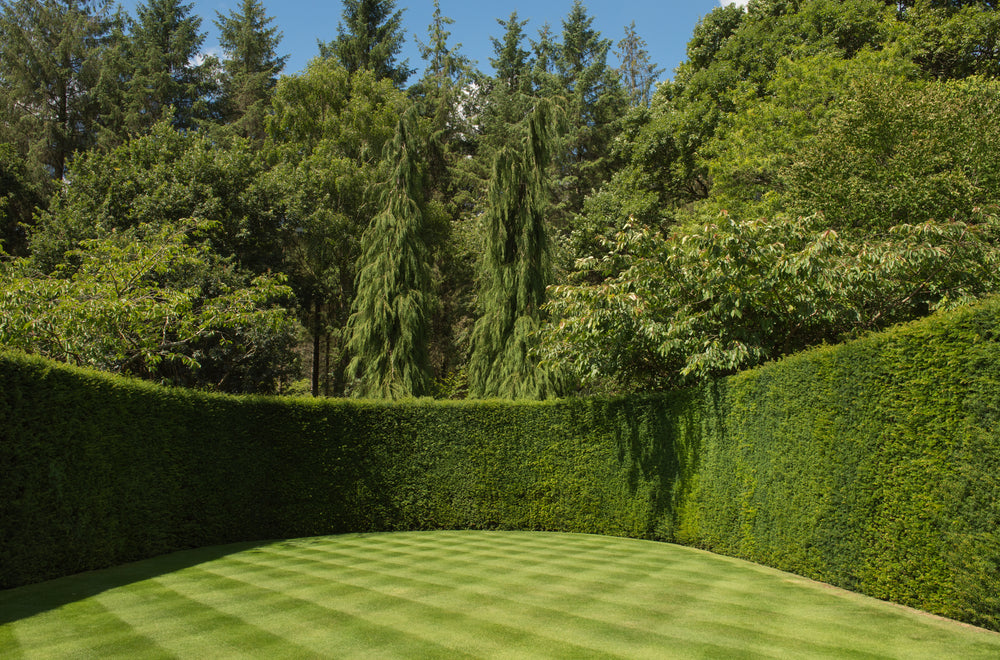Garden trends - alternatives to box

The evergreen structure provided by box balls and hedging is incredibly useful in planting design. But box blight and box tree caterpillar have meant designers are looking for alternatives to do the same job. Here are some good options:
Taxus baccata, yew, is proving particularly popular with many garden designers. It’s tolerant of most soils, though doesn’t like its roots sitting in wet earth; copes with sun and shade and can be tightly pruned into a low hedge, cubes, balls or more fashionable shapes such as domes. It’ll need pruning in autumn and spring.
Osmanthus delavayi and Osmanthus burkwoodii are great plants for topiary balls. They have neat dark green foliage and can be kept in a ball. There is also the added benefit of masses of gorgeous-scented white flowers in spring.
Pittosporum ‘Golf Ball’ is also excellent as a ball as it keeps its shape well. For more texture Pittosporum tobira ‘Nanum’ adds a lush feel to planting. It’s not a tight ball, but it stays in a rounded shape. There are other varieties of pittosporum that can be pruned into larger topiary shapes.
Ilex crenata has small evergreen leaves and is slow growing so needs little pruning. It’s a good option for a neat ball shape and can be clipped into a low hedge. There are various varieties including Ilex ‘Dark Green.’ It doesn’t tolerate drought and prefers well drained slightly acidic soil in sun or shade.
Hebes such as H. rakaiensis tend to keep a neat rounded blob-like shape rather than a ball, and don’t need much clipping. Hebe ‘Green Globe’ is good as is H. sutherlandii.
Others: Prunus lusitanica has larger glossy green leaves and red stems. It’s available as domes and balls for sun or part shade. Lonicera nitida can also be clipped into a ball but it does send out long new shoots, so you’ll need to prune it regularly. For creating parterres, Euonymus works well as it’s compact and glossy. Varieties to consider include E. ‘Green Spire’.











